Auschwitz today is synonymous with the Holocaust; it has become an overarching symbol of the atrocities committed by the Nazi regime during the Second World War. The extermination camp is now a UNESCO World Heritage Site and a state museum that attracted almost 1.5million visitors in 2011 alone.
Here are five lesser-known facts about the concentration camp.
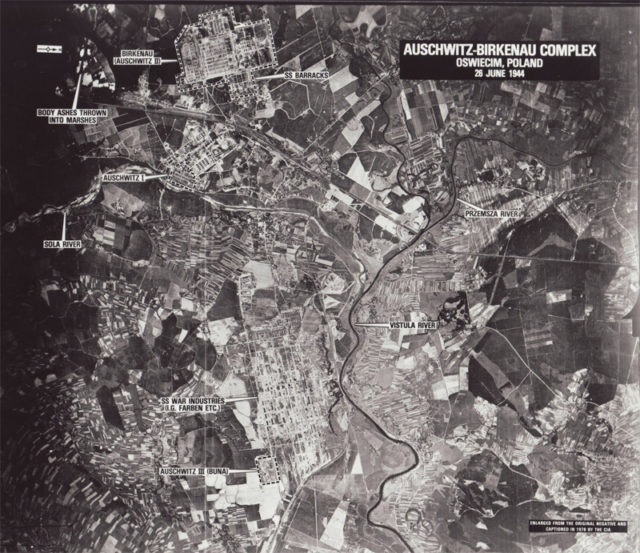
1. Auschwitz was actually made up of three main camps.
First, there was Auschwitz I, which is what most people would recognize as Auschwitz. It was the main camp and was made up of 16 old dilapidated army barracks, when the head of the Schutzstaffel (SS) Heinrich Himmler approved the site for a concentration camp in April 1940.
It was originally intended that Auschwitz would house political prisoners. During the duration of the camp’s operation, Auschwitz was the administration center for the entire three-camp complex and housed the infamous death Block 11.
The second camp, Auschwitz II-Birkenau began construction in 1941 to ease congestion in the main camp. It was intended to hold 50,000 prisoners of war who would be imprisoned as forced laborers, but plans changed and this figure was quadrupled to 200,000 inmates.
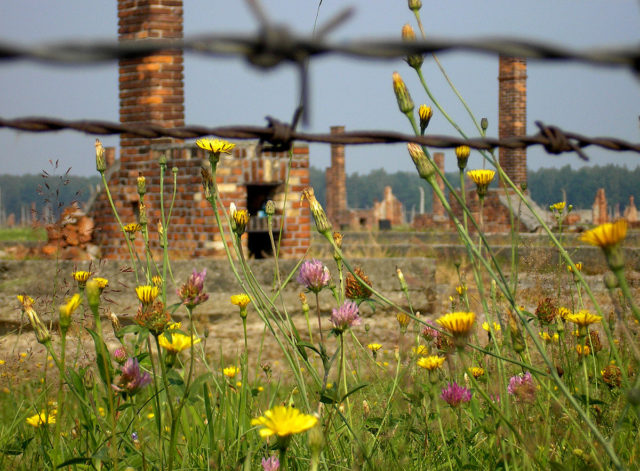
The first prisoners were 10,000 Soviet POWs who arrived in October 1941 at main camp Auschwitz; by the time they were transferred to Birkenau in March 1942 only 945 were still alive.
Birkenau was repurposed as an extermination camp; there were two gas chambers constructed which were used for mass killings until early 1943 when the Nazis decided to increase the gassing capacity of Birkenau Crematorium II – ‘the white house’ – by installing gas-tight doors, vents for Zyklon B and ventilation equipment. By June 1943 there were four functional crematoria in Birkenau.
The third camp, Monowitz, was constructed to house workers for a nearby chemical plant for IG Farben to manufacture a type of synthetic rubber called Buna. It was located 4.3 miles from Auschwitz I and workers initially lived at the main camp and walked to the plant every day but this was not efficient. Monowitz began housing inmates on October 30th, 1942. It was the first concentration camp to be financed and built by private industry.
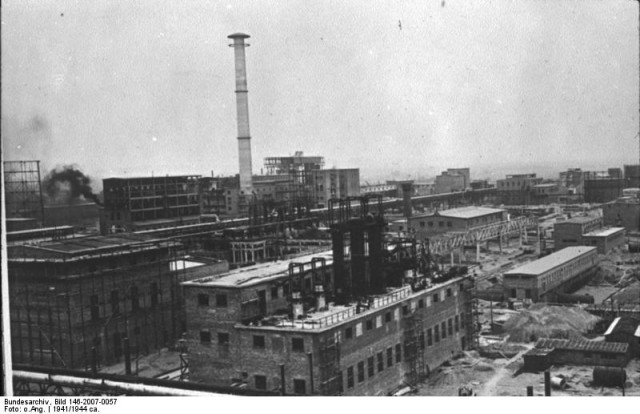
The plant had 35,000 inmates as workers and of these 25,000 died of malnutrition, disease, and due to the heavy workload. Site managers used the threat of transportation to nearby Birkenau for death in the gas chambers to increase productivity among the workers, while transfers to the gas chambers reduced the population of Monowitz by almost a fifth every month.
Life expectancy for Monowitz prisoners was three months on average. Plant production was postponed due to labor shortages and supplies and was only about to begin operation when the site was overrun by Soviet forces in 1945.
2. There was a revolt in 1944 that resulted in one of the gas crematoria being destroyed.
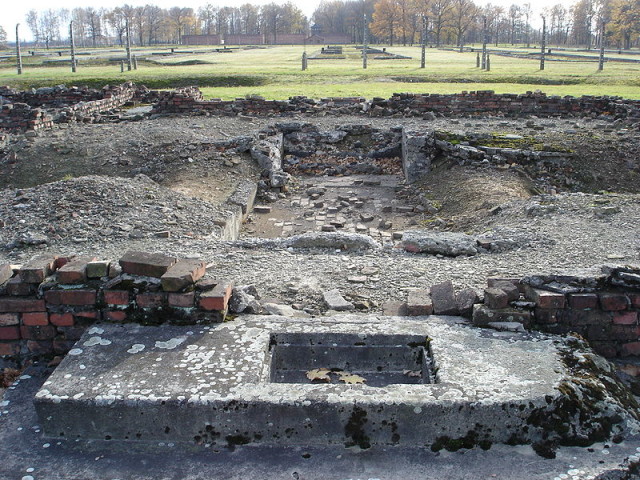
The Sonderkommando units within the camp were prisoners selected to carry out the mass exterminations of their fellow inmates. They worked in the gas chambers, and the lifespan of a sonderkommando was short as they were witnesses to the killings. The first task of a new sonderkommando unit was to dispose of the previous one, and as they were new prisoners who had just arrived, very often their second task was to dispose of their own families.
On October 7th, 1944, the Sonderkommando of Birkenau heard they were to be ‘transported to another camp’, a common ruse for the murder of prisoners. In response, the Sondercommando revolted and attacked the SS Guards with stones, axes, and makeshift hand grenades. The SS set up machine guns to attack prisoners and so the Sonderkommando in Crematorium II also revolted, some of them even managing to escape the compound.
As a result, three SS guards were murdered, one of whom was burned alive in one of the crematorium ovens, and 250 Sonderkommando were killed. Hundreds of prisoners escaped, but all were captured and executed. Crematorium IV was destroyed in the fighting.
3. There were hundreds of escape attempts and almost 150 inmates successfully escaped the camp.
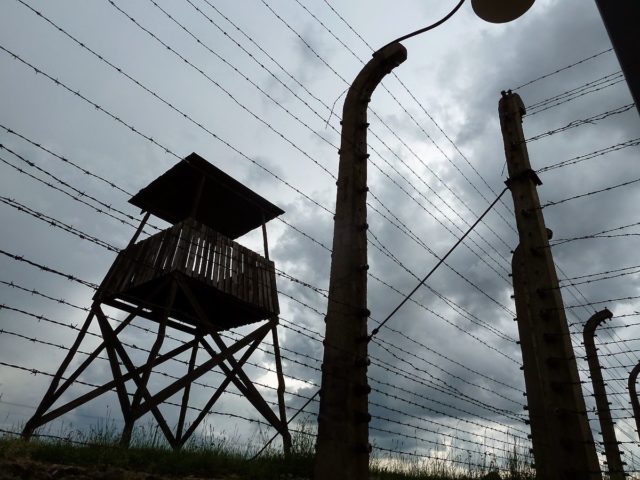
The punishment for escape attempts was death by starvation, and the families of successful escapees were sometimes arrested and displayed publicly to stop others attempting the same thing. When someone escaped the SS chose ten people from their block at random and starved them to death, but that didn’t stop at least 800 attempting to flee the Auschwitz camps. 144 of these were successful.
One of the more well-known escapes consisted of four Polish prisoners who broke into a warehouse and disguised themselves as members of the SS guards, stole weaponry and a staff car then drove completely unchallenged through the main gate on June 20th, 1942.
In June 1944 a couple attempted to escape dressed in a stolen prisoner-guard uniform and were recaptured, then tortured and executed. On July 21, 1944, an inmate dressed up in an SS uniform, used a faked pass and managed to escape the camp with his girlfriend.
4. Two Auschwitz prisoners were later canonized as saints by the Catholic Church.
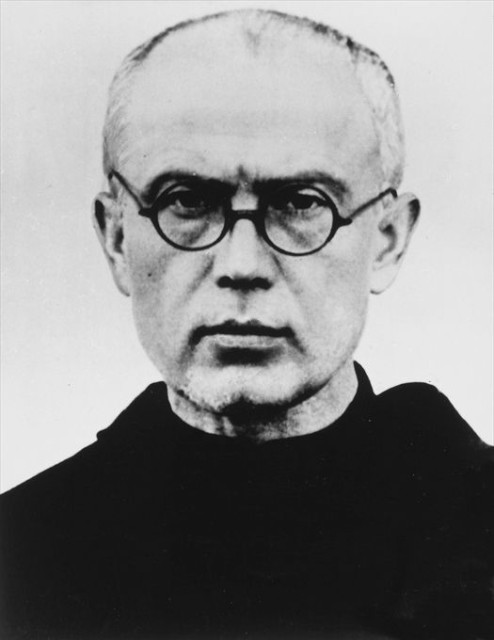
Maximilian Kolbe was a Polish friar interned at Auschwitz on 28 May 1941. During his imprisonment, he continued to act as a priest and found himself the victim of beatings and lashings, and once had to be smuggled into a prison hospital. In July 1941 three prisoners escaped, and the deputy camp commander came to pick 10 men to be starved to death in an underground bunker in Block 11.
One of the men chosen cried out “My wife! My children!” and Kolbe volunteered to take his place. An eye witness said in his cell Kolbe led the prisoners in prayer, and when checked on he stood or knelt in the middle of his cell. After two weeks of dehydration and starvation only Kolbe was still alive, and the guards, needing the cell space, killed him with a lethal injection.
Pope John Paul II canonized Kolbe on October 10th 1982. He is the patron saint of drug addicts, political prisoners, journalists, and the pro-life movement, and the Pope called him ‘the Patron Saint of our Difficult Century.’
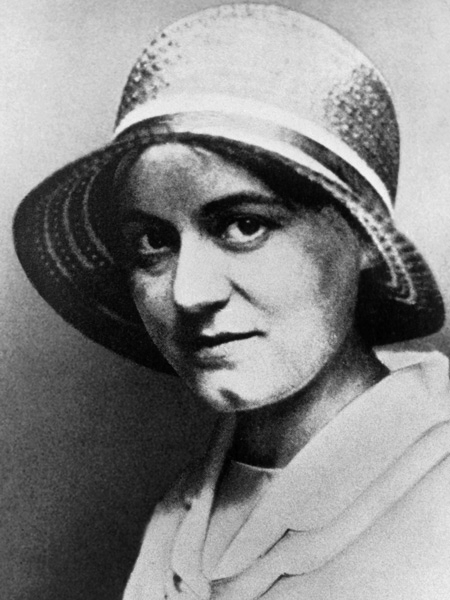
Edith Stein was a German Jewish philosopher who converted to the Roman Catholicism in 1922 and dedicated herself to a life of prayer by becoming a Discalced Carmelite nun. In 1938 she and her sister were sent to a monastery in the Netherlands after fears for their safety but were arrested on August 2nd, 1942, and imprisoned at Amersfoort and Westerbork.
A Dutch official at Westerbork, being impressed by her sense of faith and calmness, offered her an escape plan. She denied his help, saying: “If somebody intervened at this point and took away my chance to share in the fate of my brothers and sisters, that would be an utter annihilation.” Edith was killed in the gas chamber at Birkenau on August 9th.
She was canonized on October 11th, 1998 as a saint and martyr of the Catholic Church.
5. There were almost 50 subcamps of Auschwitz.
As well as the three main internment camps mentioned at the beginning of this article, Auschwitz also had 44 subcamps in livestock farms, industrial plants or sites listed as having another function. The smallest of these was Kattowitz, which had just 10 prisoners, and the largest was called Neu-Dachs. It held around 3,500 prisoners.
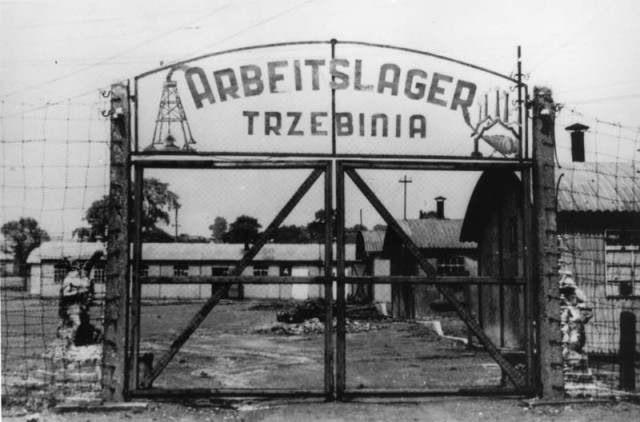
Many of these subcamps were where laborers stayed to be near to assigned work, some were due to SS research. Others were listed as belonging to certain private companies such as IG Farben and Siemens.
The majority of the subcamps only lasted a couple of months here and there, as they were only required for certain work details where it was more convenient to have the prisoners sleep nearby. Some of the other subcamps were in operation for much longer.
The history of the infamous Nazi death camps is very grim, but it’s also very detailed, and often, if we can bear to look closely, we find can stories which we have not heard before.
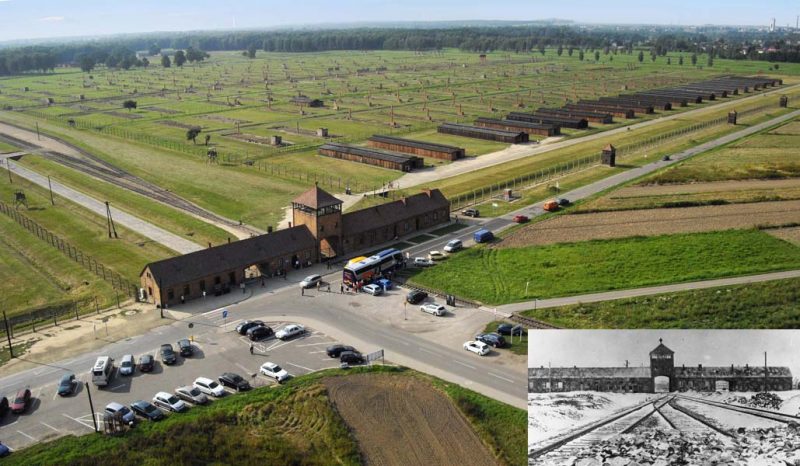 Photo Credit."
title="Nazi death camp Auschwitz-Birkenau in Poland.
Photo Credit."
title="Nazi death camp Auschwitz-Birkenau in Poland.